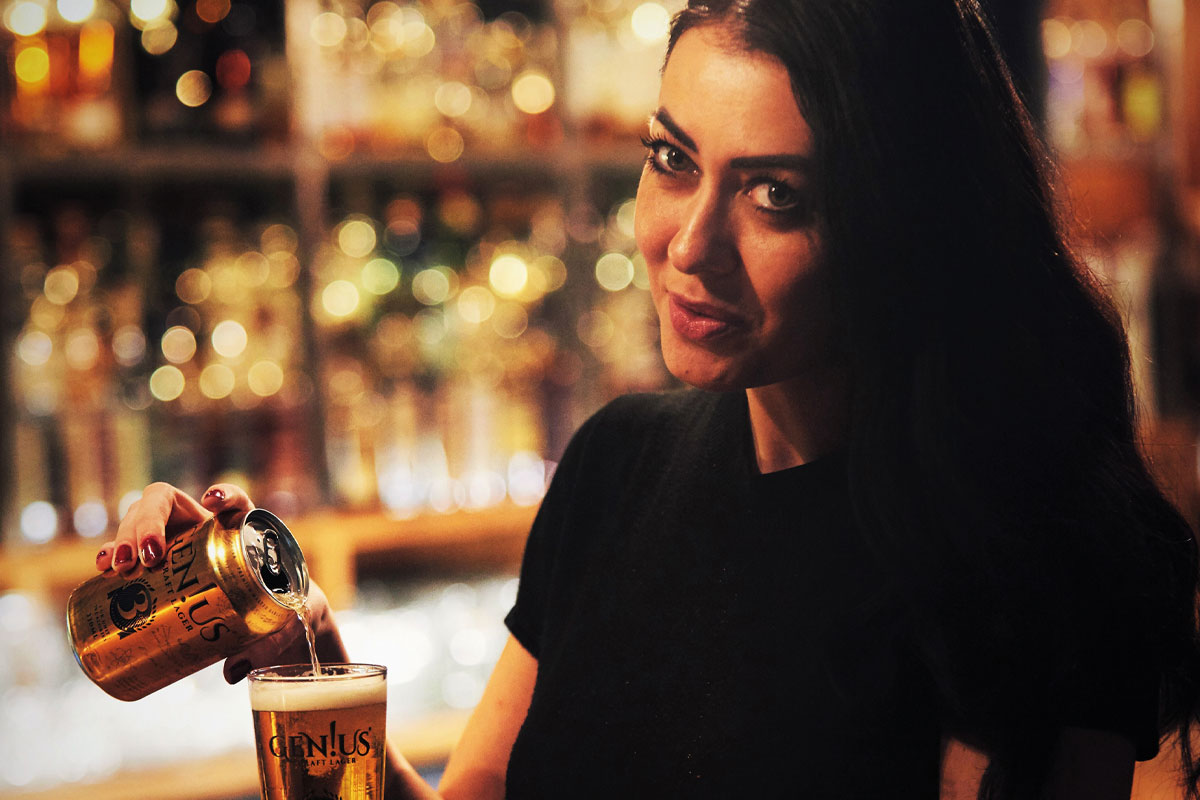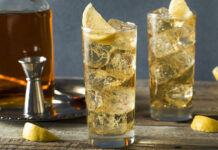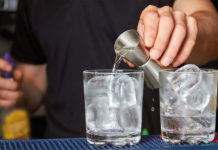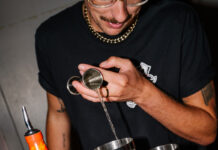HOW SCOTLAND defines ‘going for a drink’ is at a turning point, with a significant percentage of the population deciding that sometimes, or perhaps even always, socializing does not automatically equal alcohol consumption.
For the on-trade, ignoring the trend is not an option, lest it allow a growing slice of its potential clientele to become strangers walking by in the street. But how best can licensees tap into the ‘Mindful Drinking’ movement?
Speaking to SLTN, drinks companies were unanimous in their advice to licensees – do not miss the opportunity of the festive season to claim your share of the sober-curious demographic. Get yourself a good selection of low/no alcohol drinks, then shout about them.
Samantha Burke, managing director at Love Drinks, said: “Venues that aren’t stocking low/no products are mad in this day and age. It’s not just about being inclusive anymore but a strong range, promoted well, can be a big business booster.
“The key to success is first off, choosing the right brands and products. Then it’s vital that operators shout about their line-up, whether that’s via social, point of sale or informative staff.”
Gillian Murray, Scottish on-trade director for the C&C Group, said: “Have a great range that covers all categories. Highlight the ABV for the moderating consumer and consider a ‘low/no’ list of drinks to help consumers navigate the menu.
“Make sure staff know the alcohol-free options and can give suggestions and personal recommendations. Speak to your account manager about the latest products on the market that will make your range stand out.”
Over at Genius Brewing, co-founder Jason Clarke agreed that licensees would be wise to stock a diverse and attractive range of healthier options, including beers, spirits, and wines with a range of ABVs from zero to light, and across a range of brands and price points from mass market to premium.
“Calorie labelling is a big issue for our industry and it’s only a matter of time before all alcohol products will have to feature calorie information – including draught beers,” added Mr Clarke. “Venues being pro-active and transparent by ensuring ABVs and calorie content are featured on menus and fonts sends a strong signal to customers.”
Laura Willoughby MBE, Drinks Trust trustee and founder of Club Soda UK, stressed that there could be no half-measures with low/no provision – if you’ve got it, flaunt it.
“It is vital to maximise the opportunities presented by the start of the week and lunchtime customers by having a good alcohol-free offer,” said Willoughby. “Latest KAM research shows that there was £800m in missed annual revenue for venues where consumers order tap water because the Low & No offering isn’t visible enough
She continued: “Everyone checks menus online before they go out now, so make sure your drinks menu is easy to find. If you are going out for a nice evening, you want to check all your group are catered for – vegan food and alcohol-free are things to shout about!
“Inside your venue, don’t hide your alcohol-free drinks offering. Have them on your menus and make them visible on your bar. It sends a signal beyond availability – it shows you are a venue that has thought about all your customers.
“Some customers will switch to alcohol-free if they know you have something decent and be really pleased they were offered a choice. They will remember that!”
C&C’s Murray noted that beer had a head-start when it came to lower alcohol and alcohol-free options, but the recent evolution of spirits in the low and no category had been nothing short of incredible.
“Spirits lend themselves well to mindful drinking as favourite cocktails can be easily replicated with an alcohol-free spirit. Wine still has a bit of catching up to do, but it’s a difficult product to remove alcohol from without compromising on taste.”
Love Drinks’ Burke observed: “Ten years ago, the only non-alcoholic drink in a fridge would be the fruit juices and maybe a poor quality lager. Now investment by brands in low/no products has meant the quality and choice has never been as good for consumers.
“It’s not just about having one option, consumers can now choose between everything from non-alcoholic beers, ciders, wines and of course the full spectrum of spirits.”
But is there not a danger that licensees adding a wide range of low/no would take up valuable shelf space with lower margin products?
Commercial director at Innis & Gunn, Crawford Sinclair, said: “The key difference between the two is duty, which is only applied to alcoholic drinks, so there are very good margin opportunities on low and non-alcoholic drinks.”
Murray, however, conceded: “Margins on traditional non-alcoholic products like juices and soft drinks are lower. But if you can capture spend and encourage more experimentation with creative serves of alcohol-free products, you can increase your margin.”
Willoughby took an altogether broader view on that profitability question: “People put a high value on drinks that make them feel included and feel like a treat.
“More importantly, a good alcohol-free drink means people not drinking will have more drinks than if they were on soda, and feel more included as part of the social occasion.
They’ll feel better about the venue and you will win loyalty with drinkers and non-drinkers if they feel everyone is being treated equally.”




















